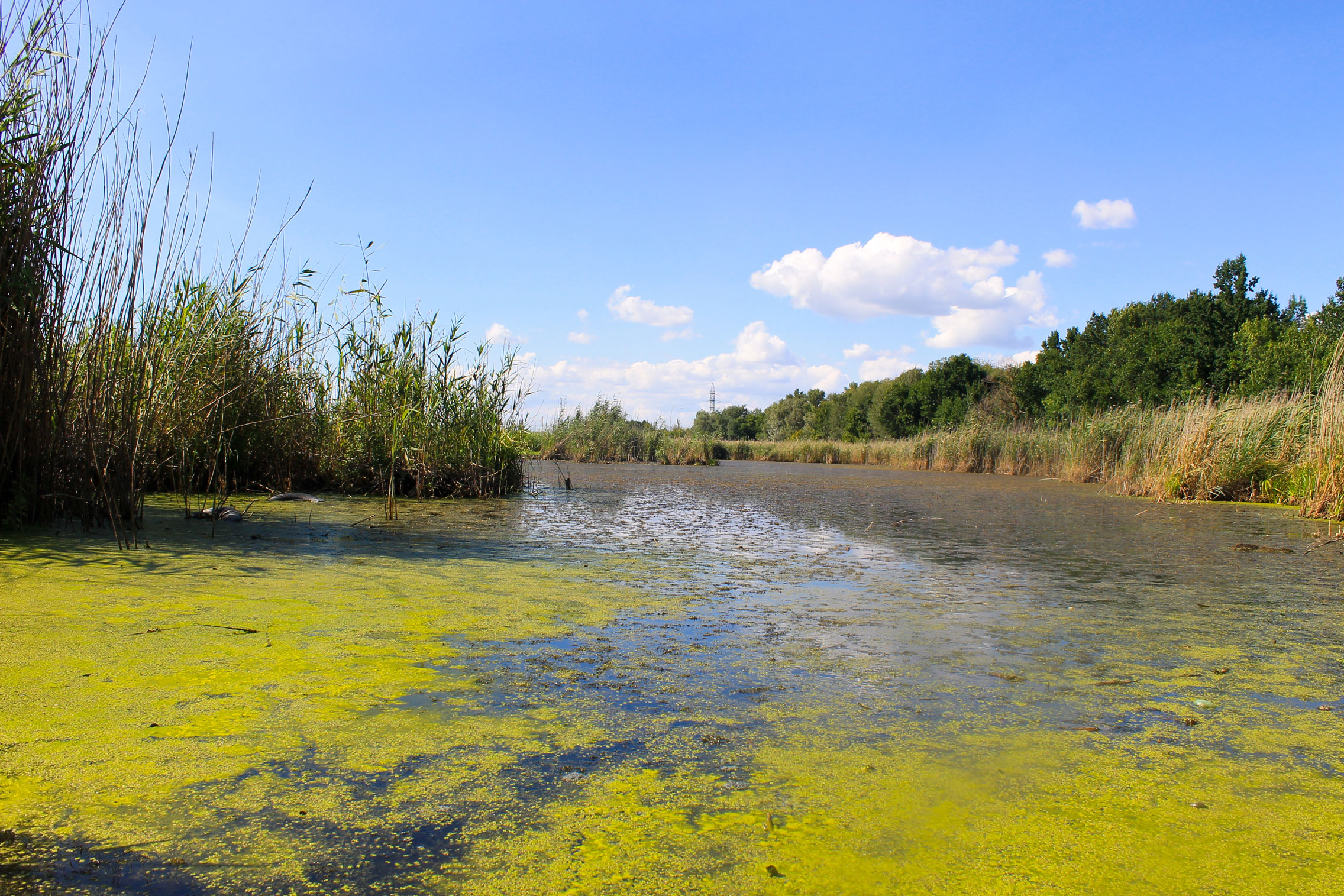Toxic Algae Blooms Harmful to Pets

CVM toxicology professor Dave Dorman on what you need to know about toxic algae blooms:
- What are Harmful Algal Blooms (HABs)? Toxic algae that harm dogs and other animals are a bacteria known as cyanobacteria. An algae bloom occurs when conditions favor the growth of these bacteria. These conditions include warm weather, stagnant water, fertilizer runoff, and other factors. Any water source, fresh or salt, could become contaminated.
- How can toxic algae affect my dog or other animals? Toxic algae produce toxins that injure your animal’s liver, kidneys, or brain. Signs of poisoning can occur rapidly, within an hour of an animal swimming in or drinking contaminated water. In other cases, clinical signs may take several days to occur. Your animal can be exposed by drinking the contaminated water or licking the algae off of their fur. Algae poisoning can affect dogs, cattle, fish and wildlife, and other animals.
- What should I do if my animal becomes sick? The toxins produced by the algae can be life-threatening. Take your animal to your local veterinarian as soon as possible once your animal acts sick or unusual. Animals poisoned with the algae may develop vomiting, diarrhea, panting, drooling, weakness, stop eating, convulsions and other signs.
- How can I know if the water is safe for my dog to play in? You can’t trust your eyes – but there are some things that are clear signs of danger. The algae can form rafts or mats that appear on the surface of the water. The algae can also look like paint floating on the water. The color of the algae can vary from blue, green, brown, or red. Toxic algae can kill fish and birds so finding dead animals in or near the water. Water can sometimes have a foul smell from the algae. If you see any of these warning signs then don’t allow your animal to drink or play in the water.
- Where can I get more information? Both the Centers for Disease Control (https://www.cdc.gov/habs/index.html) and the Environmental Protection Agency (https://www.epa.gov/cyanohabs) have websites dedicated to harmful algal blooms.
- Categories:


